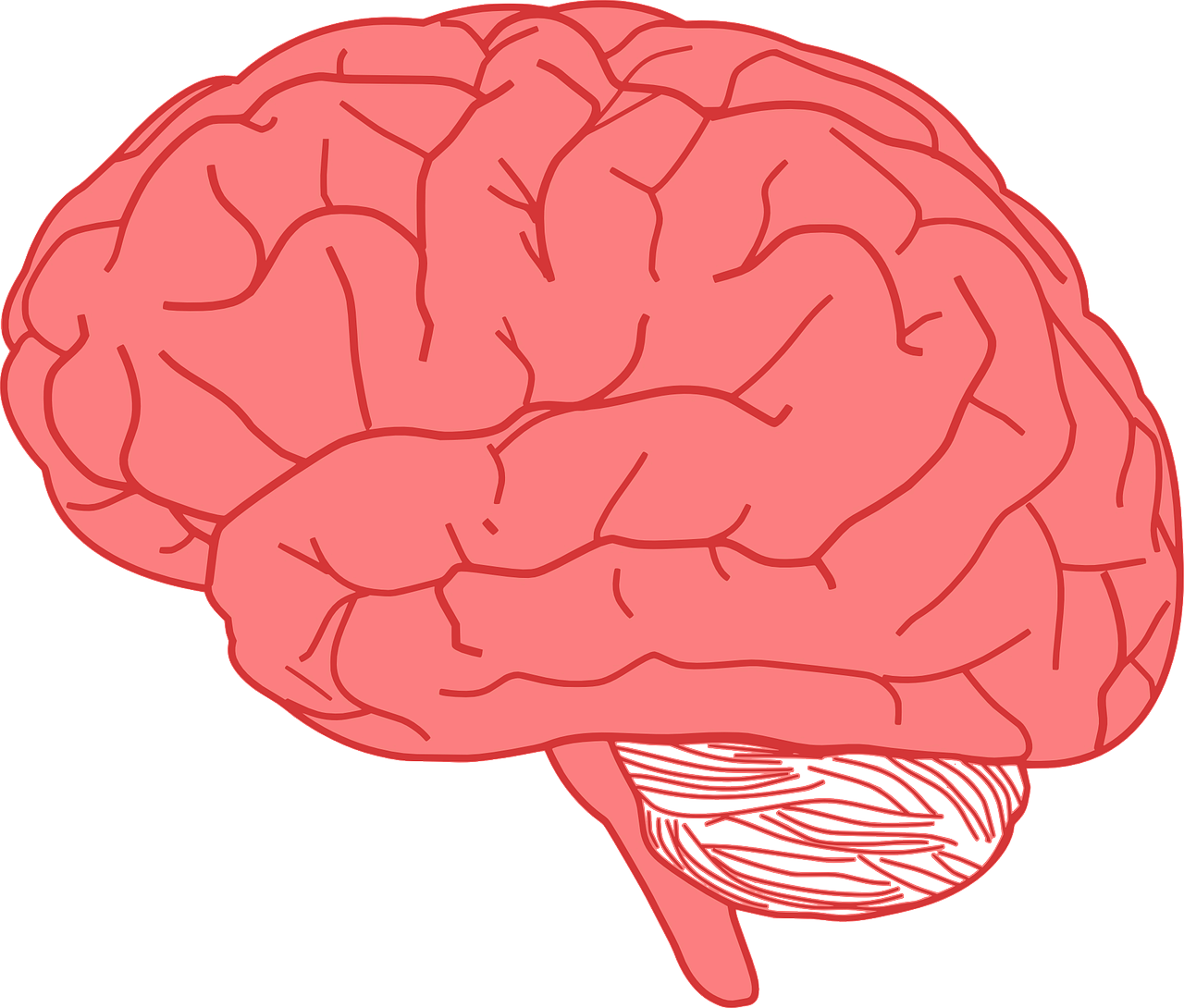Mental Illness Assignment

“Prior to the advent of the brain, there was no color and no sound in the universe, nor was there any flavor or aroma and probably little sense and no feeling or emotion. Before brains the universe was also free of pain and anxiety” (van der Kolk, 2014).
Our brains, as well as the rest of the body, are an amazing gift but with them come pain, anxiety and a whole other host of feelings. Understanding the different types of mental illnesses and how to care for those with these illnesses can help in minimizing the pain you may feel as well as the pains others feel when faced with these challenges.
Understanding things like stress, anxiety, phobias, PTSD, and depression can help us be more understanding and better able to help those in need.
It shouldn’t come as a surprise that stress occurs in every one of our daily lives. Especially when we experience changes to our daily routine (Carter, 2023). Stress is a normal part of life and can be helpful as we accomplish the tasks that need to be done daily. Stress really only becomes a problem when it goes unmanaged.
Emotionally, stress can make it hard to think clearly and may be accompanied by a lack of sleep and crying. On the Physical side of things cardiovascular risks and digestive issues can occur. Once stress reaches an unmanageable level like this it is important to have coping mechanisms. Coping mechanisms are “conscious and deliberate ways of dealing with stress” (Carter, 2023).
Positive coping mechanisms can be things like exercise, hobbies, meditation, prayer, or finding some time with friends (Carter, 2023). Finding the best coping mechanisms that work for you is important for when stressful times come your way.
When it comes to mental illness two common types that people can experience are anxiety and phobias. Anxiety can be defined as “a feeling of uneasiness, dread, apprehension, or worry” (Carter, 2023). Certain levels of anxiety are normal in our daily lives. Still, when levels of anxiety become too high you may begin to experience increased heart rate, blood pressure, changes in appetite, and sleeplessness (Carter, 2023).
One type of anxiety is phobia or an excessive, abnormal fear of an object or situation. Phobias can be distinguished into three main groups. Simple phobias are a fear of specific objects, social phobias are a fear of humiliation or being embarrassed in front of people, and agoraphobia is a fear of having a panic attack in a place with no easy escape or no help is available (Carter, 2023).
Helping people with anxiety may involve getting them to a quiet place where they can get their anxiety under control. Trained mental health professionals can be a big help as well to those who experience high anxiety frequently.
Dr. Paul Conti, a psychiatrist, when defining trauma said
“To make the definition relevant, I think we have to look at trauma as not anything negative that happens to us, but something that overwhelms our coping skills, and then leaves us different as we move forward” (Dr. Paul Conti: Therapy, Treating Trauma & Other Life Challenges - Huberman Lab, n.d.).
PTSD or post-traumatic stress disorder is often the aftereffects of the event that leaves the person different as they move forward. Like other anxiety disorders PTSD is often accompanied by sleeplessness, fatigue, changes in appetite, increased heart rate, and increased blood pressure. Helping people find professional help as well as helping them develop healthy coping mechanisms can assist them in moving forward after the event.
Another mental illness that is very common is depression. Often defined as “a feeling of excessive sadness or hopelessness” (Carter, 2023) depression can be temporary and can be helped through counseling and medication. Clinical depression is depression that does not decrease over time and can be caused by factors such as, chemical imbalances, poor coping skills, hormonal changes, and medications. It is not uncommon for a person with depression to lose interest in activities they previously enjoyed doing and may have a feeling of guilt and worthlessness.
They may also struggle with thoughts of death or suicide (Carter, 2023). Similar to other mental health illnesses it is important to get help from a mental health professional who can help you or those you love to form healthy coping mechanisms or help them towards a path of recovery.
In conclusion, mental, emotional, and physical illnesses are a part of life. Understanding mental illnesses can place us in a better spot to help others as they go through them as well as help ourselves if these illnesses come our way. If we can help remove the stigma surrounding mental health challenges and seeking help from mental health professionals, we can help people to recover and recover sooner.
References
Carter, P. J. (2023). Lippincott Textbook for Nursing Assistants. Lippincott Williams & Wilkins.
Clifton, J. (2021, December 3). The Next Global Pandemic: Mental Health. Gallup. https://www.gallup.com/workplace/357710/next-global-pandemic-mental-health.aspx
Craske, M. G., & Stein, M. B. (2016). Anxiety. The Lancet, 388(10063), 3048–3059. https://doi.org/10.1016/s0140-6736(16)30381-6
Dr. Paul Conti: Therapy, Treating Trauma & Other Life Challenges – Huberman Lab. (n.d.). Www.hubermanlab.com. https://www.hubermanlab.com/episode/dr-paul-conti-therapy-treating-trauma-and-other-life-challenges
van der Kolk, B. (2014). The body keeps the score: Brain, mind, and body in the healing of trauma. Penguin Books.
